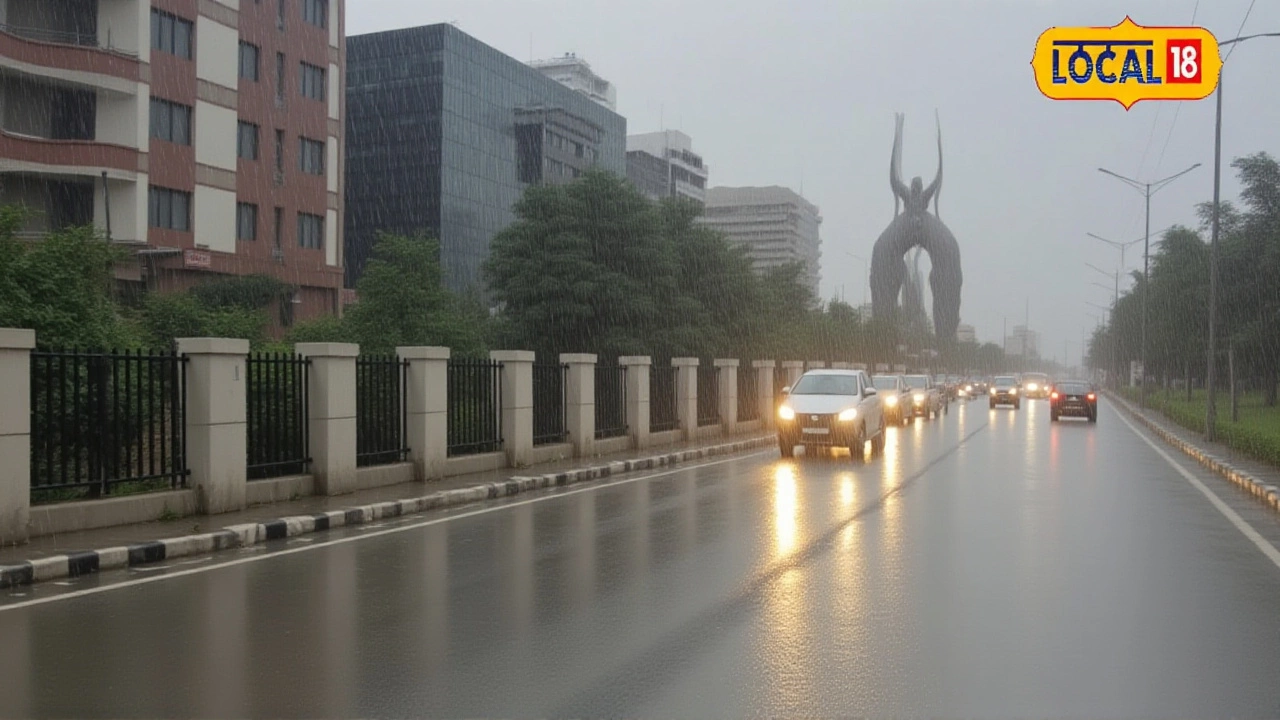
Western Disturbance: What It Is and Why It Matters
When talking about Western Disturbance, a fast‑moving low‑pressure system that originates over the Mediterranean and travels eastward into the Indian subcontinent. Also known as mid‑latitude cyclone, it brings sudden rain and snowfall especially over the northern plains and the Himalayas. Monsoon, the seasonal wind-driven rainfall pattern that dominates most of India during summer often feels the tug‑of‑war with these disturbances, leading to erratic weather in winter and early spring. Another key player, Low‑Pressure System, a region where atmospheric pressure is lower than surrounding areas, causing air to rise and cool, is the technical label for the core of a western disturbance. Finally, Precipitation, any form of water—rain, snow, hail—that falls from the sky is the direct outcome we all notice, whether it's a gentle drizzle in Delhi or heavy snowfall on the peaks of the Himalayas.
How Western Disturbance Interacts with Other Weather Systems
Think of the atmosphere as a giant chessboard. The western disturbance moves like a rook, sweeping across the board from west to east. Its path often intersects the monsoon front, creating a unique set of conditions: the monsoon brings warm, moist air from the south, while the disturbance brings cooler, drier air from the north. When these two meet, the clash can boost cloud formation, leading to sudden bursts of rainfall across North India. This interaction is why winter wheat farmers in Punjab watch western disturbances closely; the timely rain can make or break a crop. The Himalayas play a double role—acting as a barrier that forces the disturbance upward, which intensifies precipitation on the windward side, while the leeward side experiences a rain shadow. In practical terms, this means cities like Delhi and Lucknow may get a heavy downpour, whereas places farther west stay dry.
Our tag page gathers articles that touch on these dynamics indirectly. You’ll find pieces on seismic activity in Northeast India, reminding us that the same tectonic forces that shape the Himalayas also influence weather patterns. There’s coverage of tech tools like SMS marketing, which, oddly enough, rely on reliable networks that can be disrupted by severe weather caused by western disturbances. Even discussions about the Times of India’s website performance hint at how high traffic spikes often follow major weather events when people search for updates. By exploring this mix, you’ll see how a single atmospheric phenomenon can ripple through agriculture, technology, media, and daily life. Below, the curated posts dive deeper into each of these angles, giving you a well‑rounded view of why western disturbances deserve a spot on your radar.
